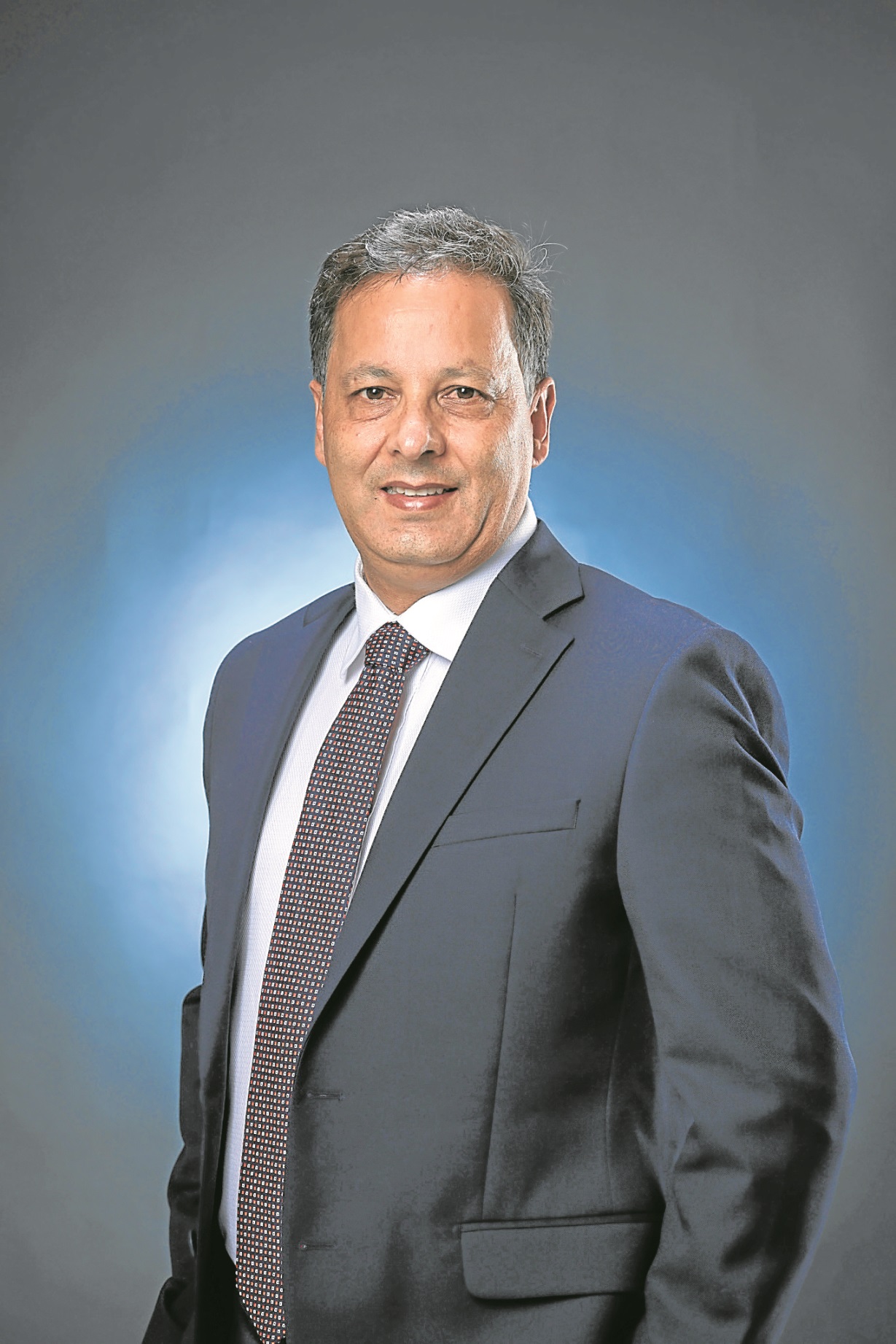Unmanned aerial vehicles (UAVs), or drones, are evolving beyond military applications to become a mainstay in boosting productivity within industries and organizations. As drones become more technologically sophisticated, this creates new opportunities for drone operators and their technology partners.
In the Philippines, we are already seeing drones helping to keep commercial activities going and contain the spread of the coronavirus during the COVID-19 pandemic.
But drones can do more to support nationwide pandemic recovery and stimulate future growth prospects. By integrating drones with key technologies, namely 5G and Big Data analytics, they will help define the next era of industry in the Philippines.
Drone applications
While drone applications in the Philippines are limited in scale and the market remains nascent, they have been successfully deployed in certain areas, such as public safety.
In 2018, Nokia collaborated with a local mobile operator and the Philippine Red Cross to use LTE-connected drones and a portable network, combined with a high-capacity mobile broadband network and on-site computing power, to support emergency operations in disaster-hit areas. These drones helped first responders improve situational awareness, prioritize resources and minimize risk.
More efforts are already underway to improve drone capabilities in supporting key economic sectors in the country, such as agriculture, and the addition of 5G will spur this progress on. The ultra-fast speeds, reliable connectivity and low latency of 5G make it possible to equip drones with LiDAR (light detection and ranging) capabilities – as well as video and advanced sensory technologies – to improve their situational awareness.
This is particularly valuable for vital sectors in the Philippines, such as the supply chain, due to the sector’s highly complex navigational environments – especially for conventional premises that have yet to fully digitize.
Bright future
The transformative future of drones depends heavily on assuaging privacy and safety concerns for both networks and drone applications. The Philippines is on the right track as the government has already codified its regulatory framework for drones to ensure that related applications operate within ethical boundaries.
Security monitoring for and from drones, as well as their related applications, must be done 24/7. This is possible via 5G slicing and having drones operate on a private wireless network. Once operators are on their own 5G slice, attack vectors are very much contained and eliminating them is a much simpler process.
In today’s technology-driven world, drones are emerging as invaluable assets in raising cost and productivity efficiencies, as well as limiting risk to humans.
As the pandemic is accelerating the Philippines’ transition towards Industry 4.0, faster and more reliable connectivity is required to empower drones to do more. With 5G, communication service providers (CSPs) and their technology partners can provide comprehensive automation cloud solutions to elevate the ability of drones to blaze new flightpaths across the Philippines. —BY CARLOS REYES
(The author is Head of Philippines, Nokia)








